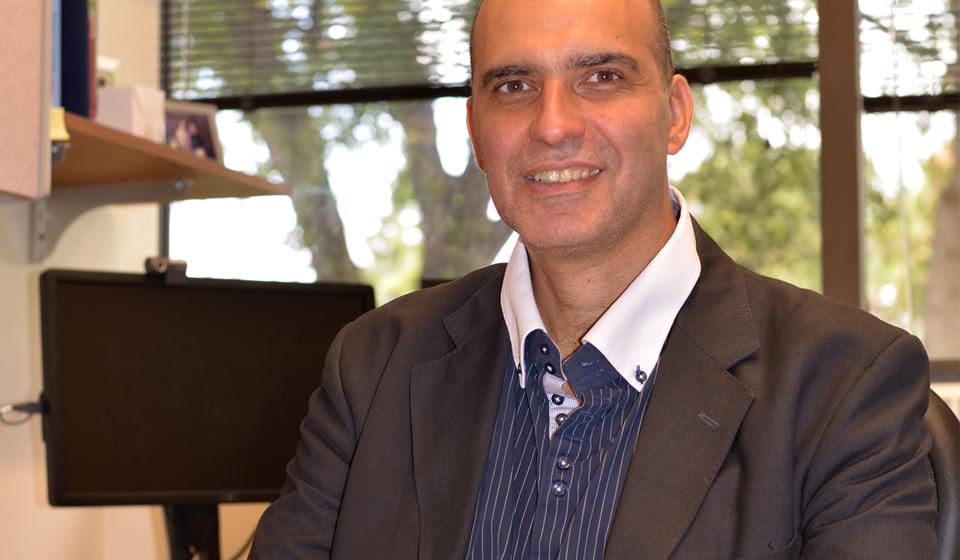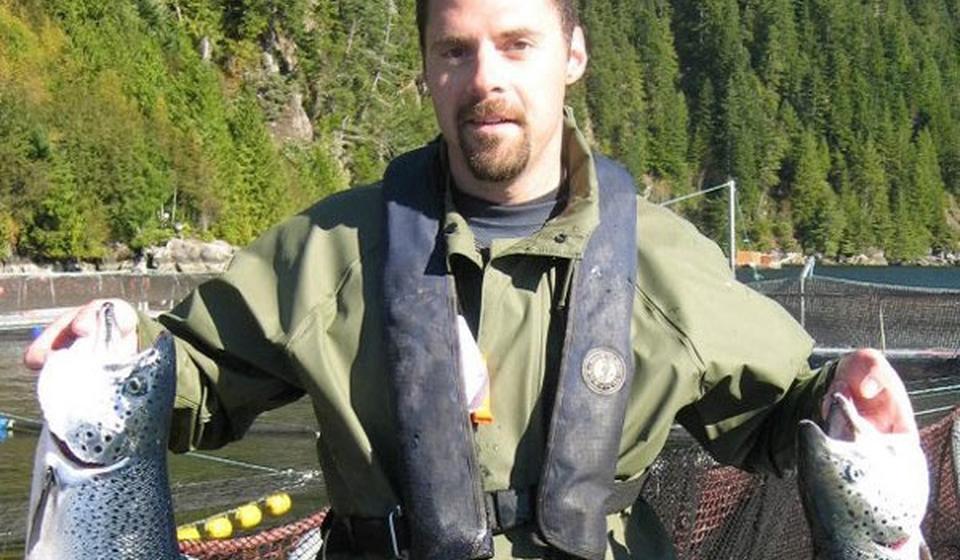Category:
Newsletter
One of the most important challenges humankind faces today is the expected increase in population size, with projections—supported by the United Nations—that the world population will reach the 9 billion mark by the year 2050. Population growth will consequently lead to an unprecedented increase in food demand. Although all food animal industries will continue to work to prepare and adapt to satisfy that demand, consensus is that aquaculture will play a significant role in the future of food security.
Raising fish for food perfectly illustrates the One Health concept the College of Veterinary Medicine has promoted for many years to describe the interdependence of animal, human and environmental health, says Alex Primus, assistant professor in the Department of Veterinary Population Medicine. “Fish is a very heathy source of protein and when farmed responsibly can be produced in a very environmentally sustainable manner."
As I am attending the Allen D. Leman Swine Conference in St. Paul with a stunning view of the Mississippi river, I am reflecting on change and these words from the Greek philosopher Heraclitus come to mind: “No man ever steps in the same river twice.”
Twenty years ago as a student working on a degree in veterinary medicine at the Universidad Nacional de Rosario in Argentina, Andres Perez hardly imagined he would eventually be working at the University of Minnesota.
As many countries lack key professional institutions, staff, and skills to identify, track, and control dangerous animal diseases, a University of Minnesota program, ProgRESSVet, is helping to build professional capabilities in several Latin American countries.



